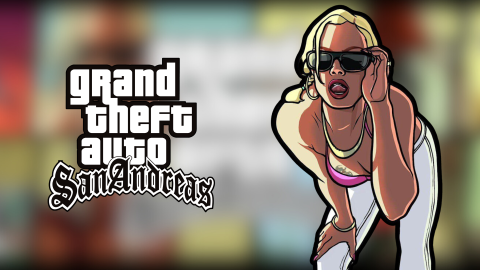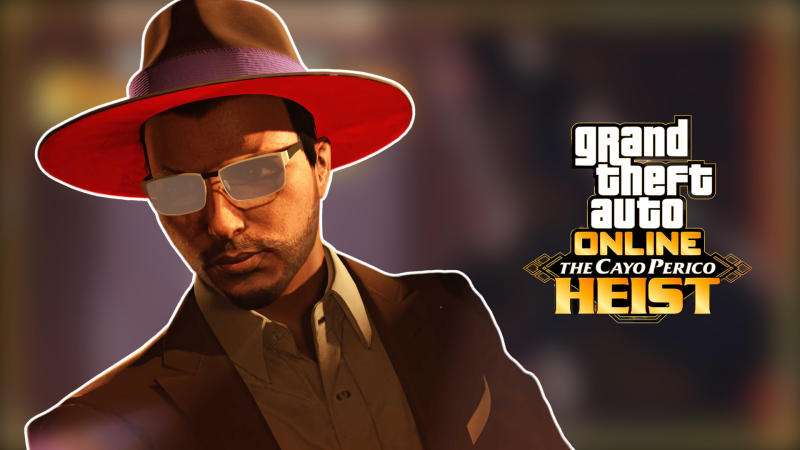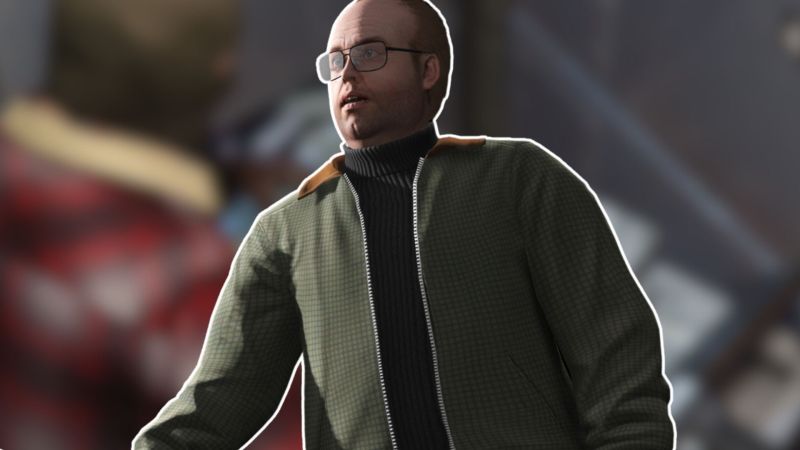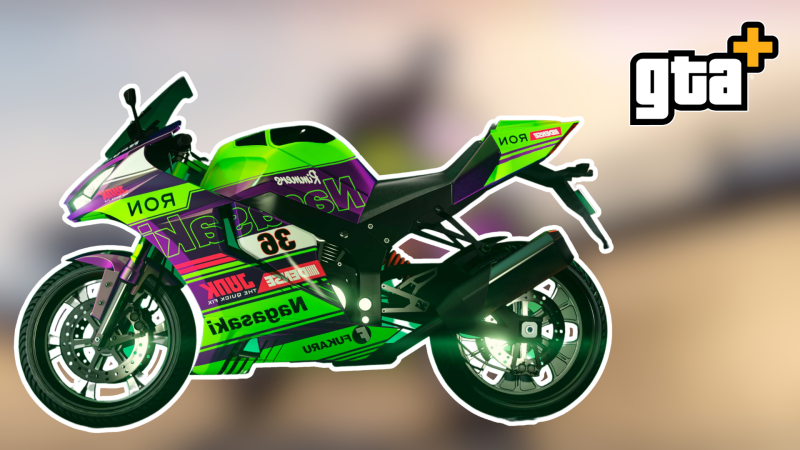GTA San Andreas Turns 20 with Stories of a Game That Almost Was Different
Former Rockstar dev reveals how a last minute meeting led to the interconnected world of San Andreas we know and love.
Twenty years ago, on a drizzly October night in Edinburgh, Obbe Vermeij witnessed something extraordinary. Standing outside HMV on Princess Street, he watched as a line of eager gamers snaked through the store and spilled onto the wet pavement. They were all there for one thing: Grand Theft Auto: San Andreas, a game that would go on to define a generation of gaming.
Today marks exactly two decades since GTA: San Andreas first landed on store shelves on October 26, 2004. To celebrate this milestone, Vermeij, who served as technical lead at Rockstar Games, has shared fascinating insights about a dramatically different version of San Andreas that almost was.
"The original plan was for the three cities to be on separate maps," Vermeij revealed in a tweet. "The player would travel between the cities using trains and planes." This approach wasn't unprecedented, as the first two GTA games had used similar separated city designs, albeit from a top-down perspective.
The technical reasoning behind this initial design was well-informed. Given the PlayStation 2's memory constraints, which proved challenging for the development team, splitting the map would have eliminated the need to keep multiple cities' skyline models in memory simultaneously. It would have also allowed for more distinctive elements in each city, from unique police cars and emergency vehicles to city-specific pickups and weather patterns.
However, things didn't exactly go to plan. In what would prove to be a pivotal moment, a last-minute meeting between Vermeij, producer Leslie Benzies, art director Aaron Garbut, tech director Adam Fowler, and programmer Alexander Roger changed everything. The team decided to pursue the ambitious vision of a single, interconnected world: the San Andreas we know today.
https://twitter.com/ObbeVermeij/status/1849940437596787037
The game's launch itself was proof of the beginning of a new era in gaming. "Game releases were different back then," Vermeij stated. With no digital distribution or day-one patches, games had to be perfect when they went gold. After that, there was a six-week wait while DVDs were manufactured, boxed, and distributed to stores worldwide.
For the development team, this meant most of the stress came weeks before the actual release. By launch day, many developers had already taken holidays and were contemplating their next projects. The internet's limitations meant gamers knew relatively little about the game before release, save for a few trailers.
Interestingly, that didn't dampen enthusiasm. Quite the opposite, in fact. Stores held midnight openings for eager fans, a practice Vermeij later learned publishers had to pay for. "It was mind-blowing to see all those people so excited, going home to play the game all through the night."
Twenty years later, GTA: San Andreas is evidence of ambitious game design and the right creative choices made at crucial moments. While we'll never know how the three-city split version might have played, the impeccably connected world of San Andreas helped revolutionize open-world gaming and set standards that influence game design to this day.
Happy birthday, San Andreas. As Vermeij puts it, "You turned out all right."










